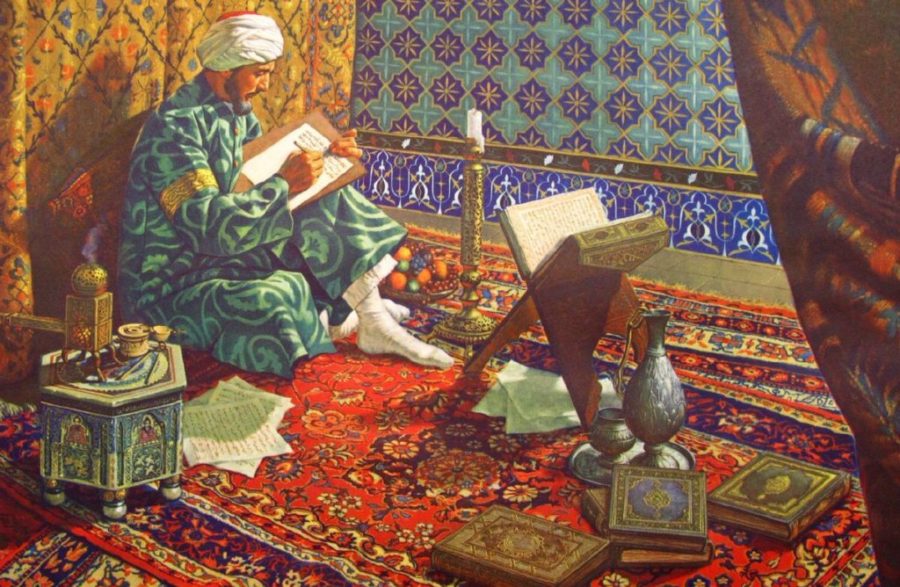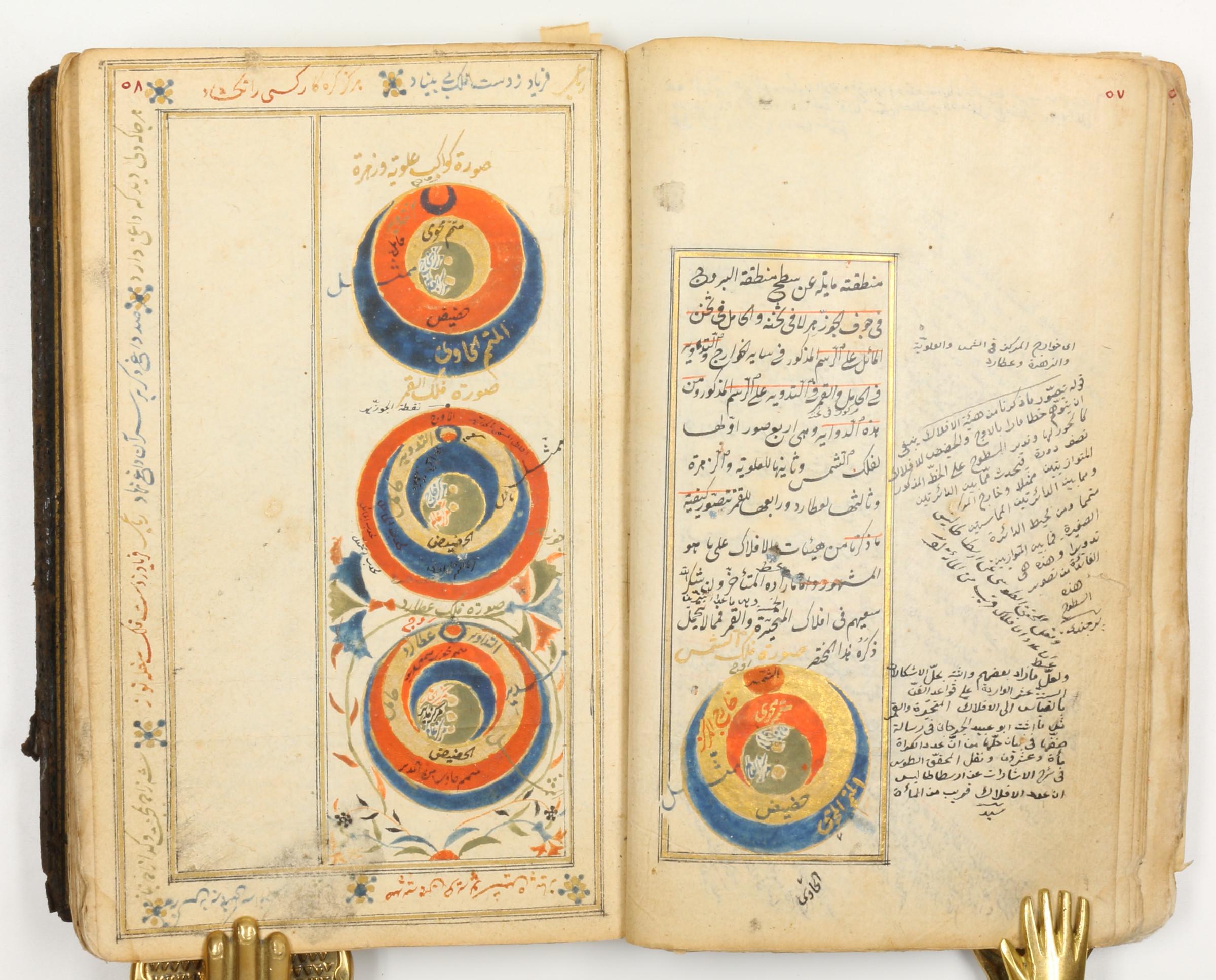
SHARKH OR COMMENTARY AS ISLAMIC LITERARY GENRE
Sharh is a widespread genre of literature in the Islamic world, writes Sedat Shensoy for İslam Ansiklopedisi.
Sharkh (commentary) denoted a genre of literature, which is an explanation of some texts. Similar works have existed in various ancient cultures. The history of the sharh in the Islamic world dates back to the earliest period. As you know, the Messenger of Allah (peace be upon him) interpreted some passages of the Koran, explained incomprehensible words, which can be called the beginning of the formation of this genre among Muslims. Sharkhs became widespread under the Mamluks and the Ottomans.
Sharkhs were created, as a rule, for important short and capacious works in some area of knowledge. They explained incomprehensible phrases, considered some points that remained unrevealed in the main text, indicated errors and provided examples. At the same time, it is known that sometimes voluminous works were honored with sharkhs, for example, “al-Kitab” of Sibawayh or “al-Muqtadab” of al-Mubarrad, as they abounded in phrases that were difficult to understand. As a rule, the main work and the sharkh to it had different authors, but there were also exceptions. For example, Ibn Hisham an-Nahvi himself wrote commentaries on his “Shuzur az-hahab” and “Qatr an-nada”. In addition, it happened that other sharks were also created for the sharks. However, as a rule, essays representing an explanation, criticism of a sharh or an addition to it were called hashiya, and explanations for hashiya were called talik or talikat.

Source: sothebys.com
Usually sharkhs were created for a particular work as a whole, but sometimes – for separate especially significant parts of some books, as, for example, in the case of Nugbat al-ghasshaf min hutbati al-kashshaf by Mubarak ibn Fakhir, which was a commentary on “ Introduction “of the famous” Kashshaf “al-Zamakhshari.
From the point of view of form, sharks were divided into 3 types:
1) Sharkhi, in which the text of the commented work is indicated by the phrase in Arabic: “Kalya ..” (“He [the author of the main work] said”) or “Kaulyuhu …” (“His words”). The statements of the author of the sharkh begin with the words “Shark” (“I speak”). Since the text of the main work in such cases is almost completely cited within the commentary, it is only partially cited separately. An example is Sharh al-Makasid at-Taftazani.

Source: abebooks.com
2) Sharkhi, in which the phrase “His words” is placed only in the commented sections. In such sharkhs, the text of the main work is given in full at the end, at the beginning of the page or between the lines. An example is the Sharkh Ibn Hajar al-Askalani to “Jami as-sahih” by Imam al-Bukhari. 3) Sharkhs, in which the texts of the main work and commentaries to them follow each other. Most of the sharks created after the X-XII centuries belong to this type. In this case, the text of the main work can be marked with the Arabic letter “mim” (from matn “text”) or “garden”, and comments – with the letter “shin”. Sometimes texts are separated from each other by a line. Already in a very late period, they began to resort to such methods as placing the text of the main work in brackets or writing texts in different fonts.
Islamosphere
SOURCE: https://islamosfera.ru/sharx-ili-kommentarij-kak-islamskij-literaturnyj-zhanr/

